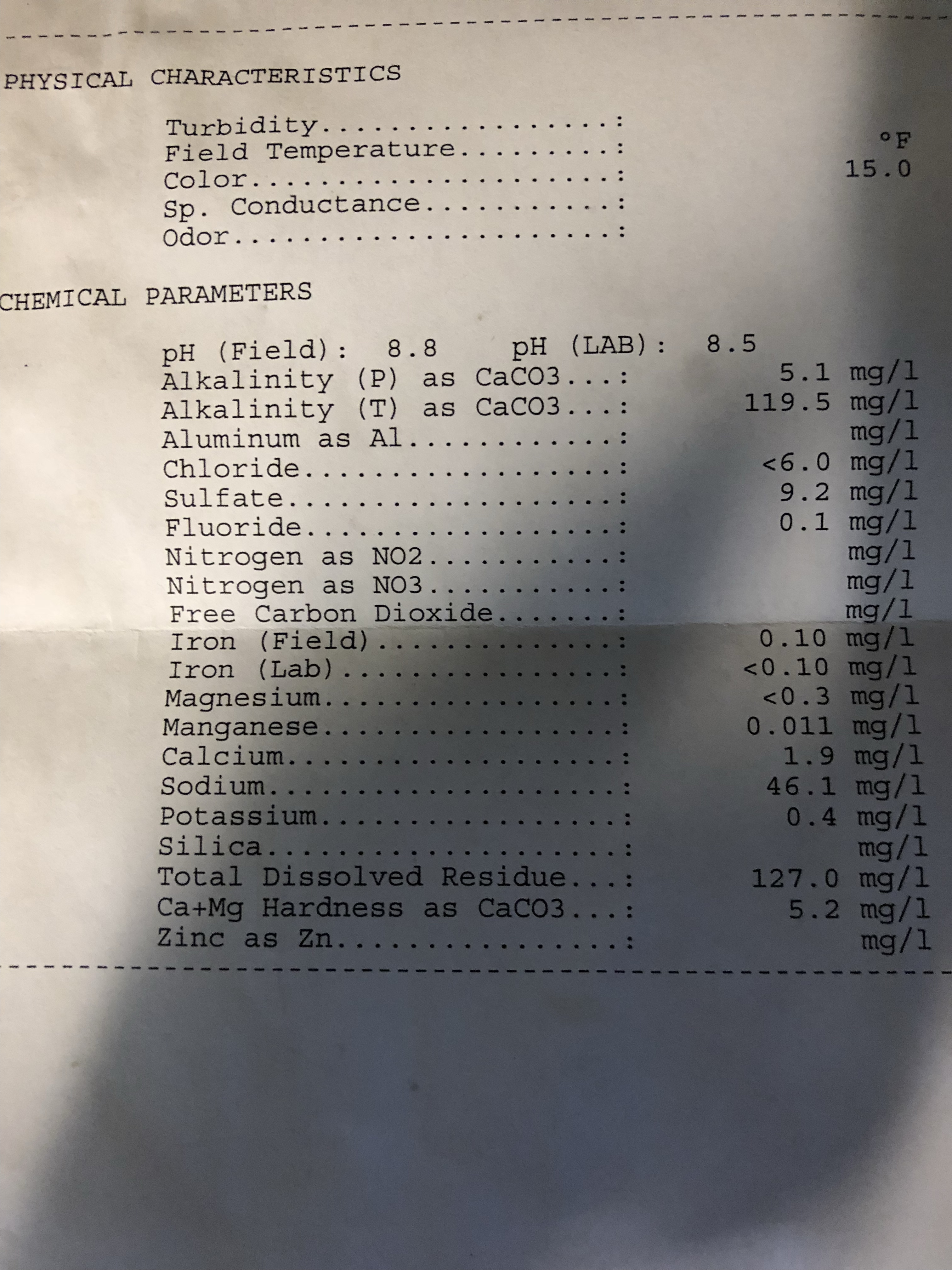Darthbrewder
Well-Known Member
So I’ve been brewing beer, wine, mead, cider, makgeolli for a few years now. I have brewed mostly extract beers with specialty grains and some small batches of all grain experiments. I have yet to brew a large(5 gallon) batch, all grain. Recently a buddy of mine wanted me to try to make a Belgian golden strong. I decided this would be a great opportunity to try all grain.
While looking at my water report I noticed there seems to be two different places for residual alkalinity. Can anyone here help shed some light on this report for me? I really want to get the water profile close to right as I can, but I don’t know which numbers to use for my RA.
Here is the report

While looking at my water report I noticed there seems to be two different places for residual alkalinity. Can anyone here help shed some light on this report for me? I really want to get the water profile close to right as I can, but I don’t know which numbers to use for my RA.
Here is the report








![Craft A Brew - Safale BE-256 Yeast - Fermentis - Belgian Ale Dry Yeast - For Belgian & Strong Ales - Ingredients for Home Brewing - Beer Making Supplies - [3 Pack]](https://m.media-amazon.com/images/I/51bcKEwQmWL._SL500_.jpg)






























